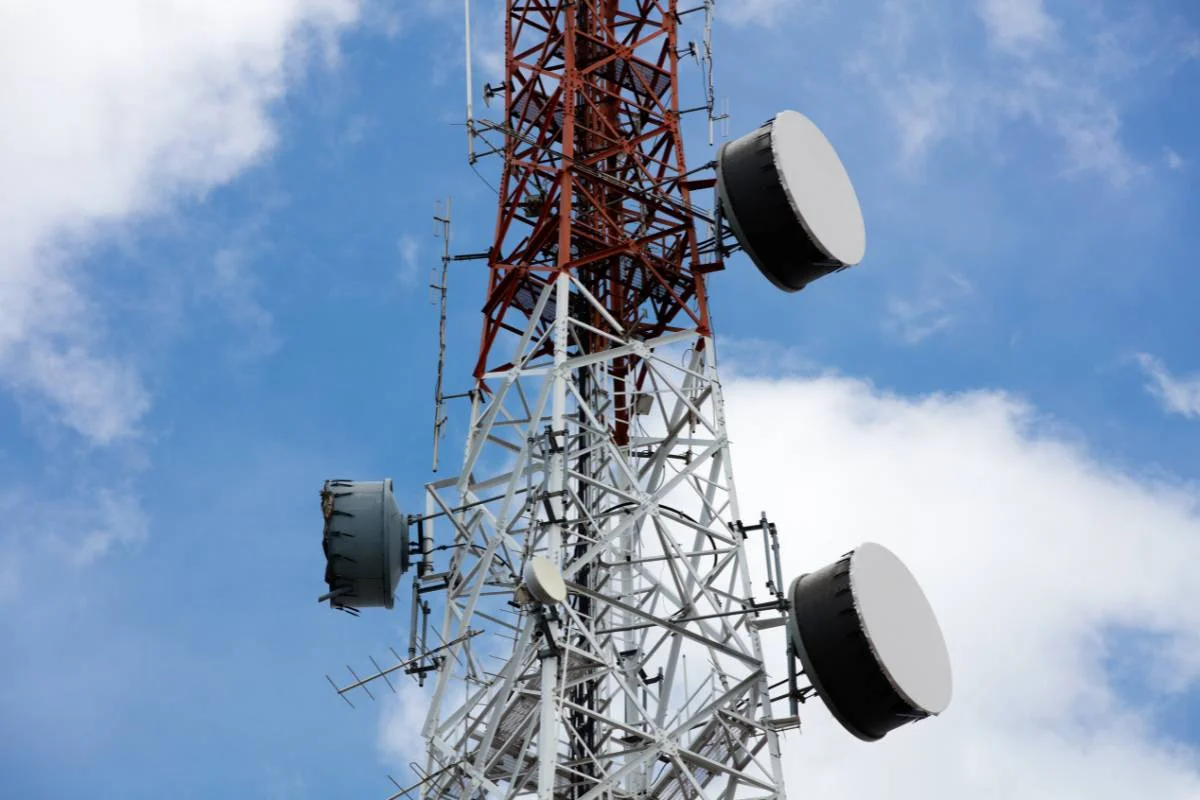
India still has millions of 2G users. It is estimated that the number of 2G users falls between 250-300 million in the country. Apart from Jio, every telecom operator in the country offers 2G services. The thing is, a telco which used to offer 2G can't simply shut it down. While it would be in the interest of India and the telecom operators to shut down 2G, they can't do it overnight. Telcos like Airtel and Vodafone Idea (Vi) would be able to improve revenue margins if they can shut down 2G, as their ROI (return on investment) on 2G is underwhelming, to say the least. Many people still use 2G in India, this is because their needs are being met by 2G. Old people who have been using it for years still find it important and sufficient, and the telcos can't just reject this set of customers.
Read More - Reliance Jio New Rs 999 Plan Silently Added with Hero 5G Branding
There are many affordable 4G phones available in India currently. Feature phone users can go for 4G devices too, with cheaper plans available with JioPhone Prima and JioPhone. The issue is, for 2G users, there's no need to upgrade. Most of them are likely (my assumption) very happy with their current device, as they need it only for calling (that too for mostly incoming).
The Department of Telecommunications (DoT) earlier this year said that it won't interfere with the decision of the telcos to continue offering 2G networks. The telecom department wants it to be a natural commercial decision (for 2G to continue/discontinue) rather than an intervention via regulation.
While Indians are now enjoying 5G in many parts of the country, there are still millions that continue to consume 2G services. 2G is a severely outdated technology, and while the private telecom operators have shut down 3G, they can't shut down 2G. If they did it overnight, a person using a 2G feature phone will be forced to spend money on upgrading his/her device to 4G when he/she simply doesn't feel the need to.
Read More - Vodafone Idea Brings New IR Plans for Kazakhstan, Uzbekistan, and Jordan
Looking at the large number of 2G users in India, even if low-cost options were to be introduced, the shift to 4G would happen at a slow rate only. This is because it will change with the generation of users, and it won't happen any time soon. An old person using 2G for years won't want to upgrade if he/she doesn't find any other need for mobile network than just to make or recieve calls.















